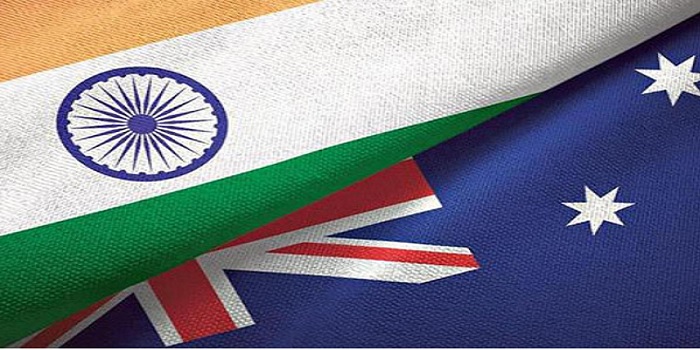|
INDIA-AUSTRALIA ECTA
SALIENT FEATURES OF INDIA-AUSTRALIA ECTA:
- India and Australia signed the Economic Cooperation and Trade Agreement (ECTA) on April 2, 2022.
- The India-Australia ECTA is the first trade agreement between India and a developed country in more than a decade, after the Comprehensive Economic Partnership Agreement was signed with Japan in 2011.
- India-Australia ECTA is a stepping-stone towards a full Australia-India Comprehensive Economic Cooperation Agreement (CECA.
- The aim is to enhance the bilateral trade to $45 billion in the next five years (currently at $27.5billion), with a clear focus on job creation and exports.
- The Agreement encompasses cooperation across the entire gamut of bilateral economic and commercial relations between the two friendly countries, and covers areas like
- Trade in Goods, Rules of Origin, Trade in Services, Technical Barriers to Trade (TBT), Sanitary and Phytosanitary (SPS) measures, Dispute Settlement, Movement of Natural Persons, Telecom, Customs Procedures, Pharmaceutical products, and Cooperation in other Areas.
- Eight subject specific side letters covering various aspects of bilateral economic cooperation were also concluded as part of the Agreement.
- Thus the pact is expected to give a big push to bilateral trade as it will not only eliminate or lower tariffs on a large number of goods but also address the non-tariff barriers such as technical barriers to trade, apart from sanitary and phytosanitary restrictions.
IMPACT OR BENEFITS OF THE AGREEMENT:
- India will benefit from preferential market access provided by Australia on 100% of its tariff lines.
- This includes all the labour-intensive sectors of export interest to India such as Gems and Jewellery, Textiles, leather, footwear, furniture, food, and agricultural products, engineering products, medical devices, and Automobiles.
- On the other hand, India will be offering preferential access to Australia on over 70% of its tariff lines, including lines of export interest to Australia which are primarily raw materials and intermediaries such as coal, mineral ores and wines etc.
- In services, Australia has offered wide ranging commitments in around 135 sub sectors and Most Favoured Nation (MFN) in 120 sub sectors which cover key areas of India’s interest like IT, ITES, Business services, Health, Education, and Audio visual.
|
